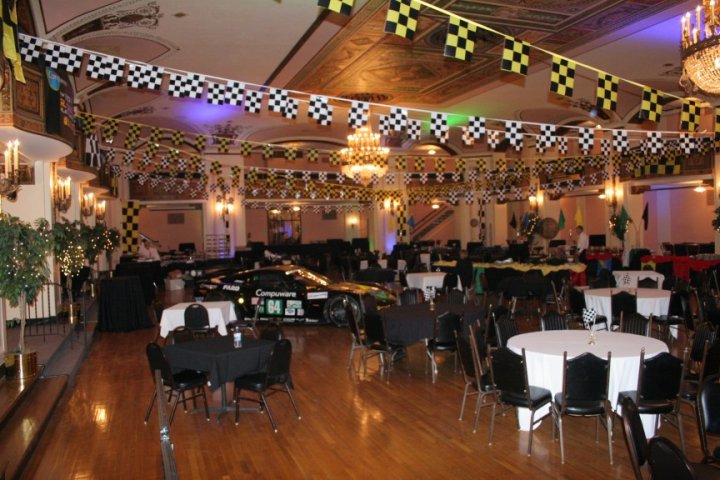When you study works like Sun Tzu’s The Art of War, you learn about the divide between strategy (the overarching plan that guides the war effort) and tactics (the small-scale decisions that win or lose individual battles). To put it over-simply, strategy happens above the shoulders; tactics happen below the shoulders. The two must work in tandem, or whatever you’re doing will fail. All strategy and no tactics is merely a plan — all tactics and no strategy is a chaotic jumble of activity with no coherent result.

And while the Chinese military philosopher applied these notions to action on the battlefield, they’re just as important for almost any activity that involves a significant number of different components that have to work together to produce a desired result. That most certainly includes event planning and execution.
Event Strategy
An event’s ‘strategy’ includes:
- The Activities – Are you educating the attendees? Getting them to donate to a cause? Getting them to show their support for something (for example, a bride and groom’s marriage)?
- The Scope – Just as important as a purpose are limits to that purpose. If you try to do too much with a single event, you dilute its ability to accomplish any one of those goals.
- The Theme – Every event needs a theme to orbit around, and the theme needs to serve the purpose. An event without a theme is missing out on a huge amount of impact, and impact is what an event is for. Often, the most striking themes are the least traditional.
- The Space – The space is to the theme what the scope is to the purpose: a set of limiting factors that constrains what is possible.
- The Plan – Every event needs to have a written plan of what is supposed to happen when, with who, where, and how much it will cost. The vast majority of event execution disasters happen because the plan wasn’t written out in adequate detail well before the stress of execution kicked in.
Event Tactics
The ‘tactics’ of an event are the things that make the event happen in real time, with ‘feet on the ground,’ including:
- The Activities – Keeping guests moving, mingling, active, and modestly tipsy (whether that be on alcohol, oxytocin, endorphins, or just plain old sugar) is a critical step in creating positive memories about an event — which means you need several event activities in your ‘battle plan’ that you can use to appeal to a variety of guests.
- The Presentations – Whether it’s a bride and groom exchanging vows or a speaker pumping up a room full of suits and ties, the presentations are one of the primary methods of enacting the purpose of an event.
- The Food – What your attendees eat has a direct impact on their experience of the event.
- The Décor – The décor is to the theme what the presentations are to the purpose: they’re how the theme is enacted. This means that tactical thinking has to begin well before the event starts, because while deciding who to rent your event décor from is strategic, the decisions of which individual pieces of event décor to rent is definitely tactical.
- The Management – Every written plan falls apart in at least one way once an event begins. As Sun Tzu says, no battle plan survives contact with the enemy. The event manager is there on-scene to make the in-the-moment tactical decisions that keep the event moving in line with the strategy that the plan lays out.
By keeping both strategic and tactical event planning and execution techniques in mind, you have a much better chance of pulling off not just the ‘easy’ events where everything goes mostly OK, but also of turning around those events that are threatening to come apart at the seams — and those victories are far more important.



